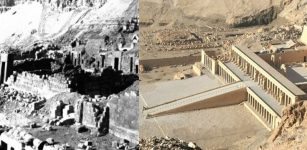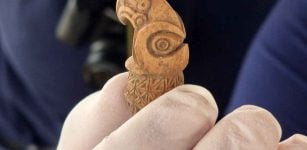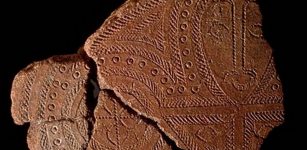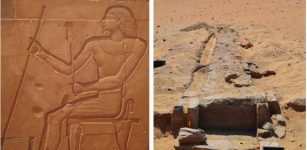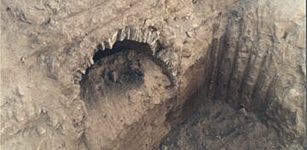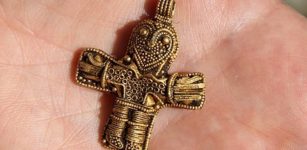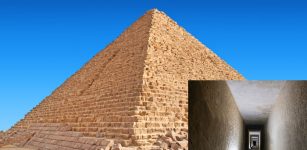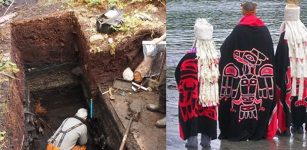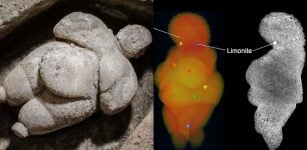Egyptian Queen Khentkaus III And Warning Of ‘Dark Period’ Of Ancient Egypt 4,600 Years Ago
MessageToEagle.com – A discovery of an Old Kingdom tomb in Abusir for a Queen who wasn’t known before called “Khentkaus III”, dubbed the Queen Mother of Egypt was made by archaeologists of the Czech Institute of Egyptology led by Dr. Miroslav Barta.
Archaeologists unearthed utensils, limestone pots and copper tools as a part of the funerary furniture for the tomb owner, and they believe the ancient Egyptian queen has warned the findings may foretell disaster.
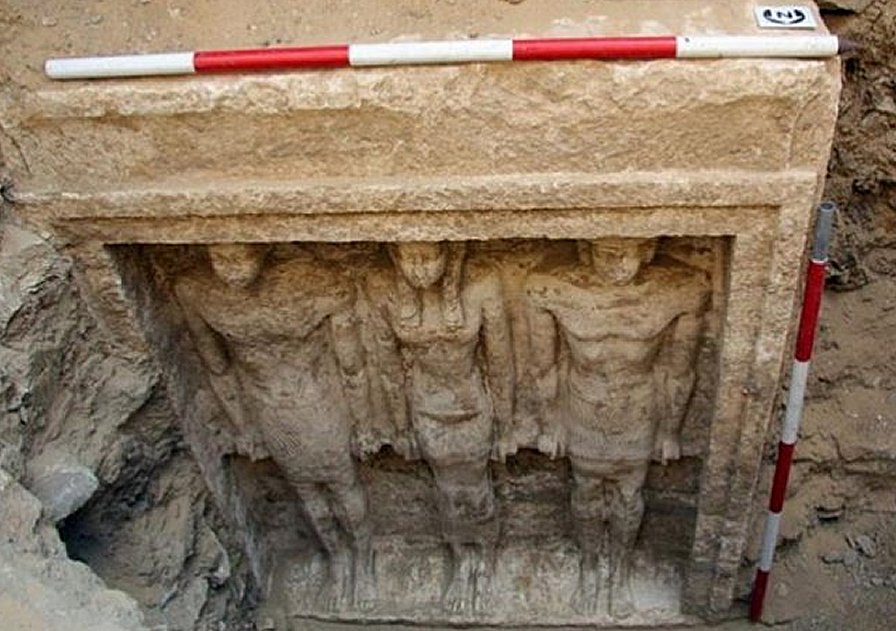
The previously unknown royal lived about 4,500 years ago, around 2450 BC, just before the ancient Egyptian civilizaton collapsed, the Nile DRIED UP and drought destroyed the kingdom, writes The Sun.
In a grim warning, team leader Professor Miroslav Barta has revealed striking parallels with modern day life and climate change means similar catastrophes could be heading our way.
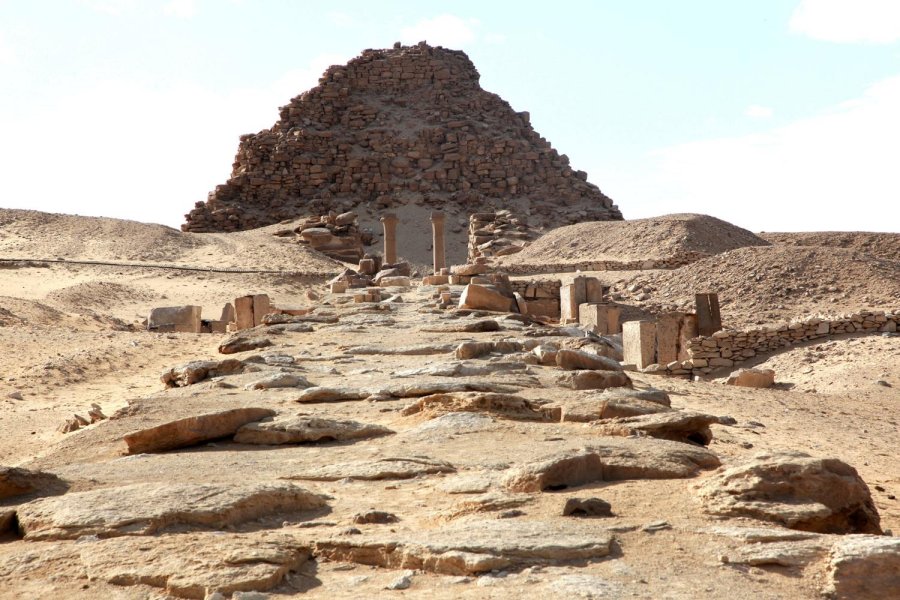
Tomb – Queen Khentkaus III was found near her husband, Pharaoh Neferefre. Photo: News Group Newspapers Ltd via The Sun
Professor Barta said Egypt was a prosperous country when Khentkaus III ruled, but after her death the Pyramid-building civilisation faced economic collapse due to drought. As climate change takes its toll, he believes history could now repeat itself and bring down rich nations in the modern world.
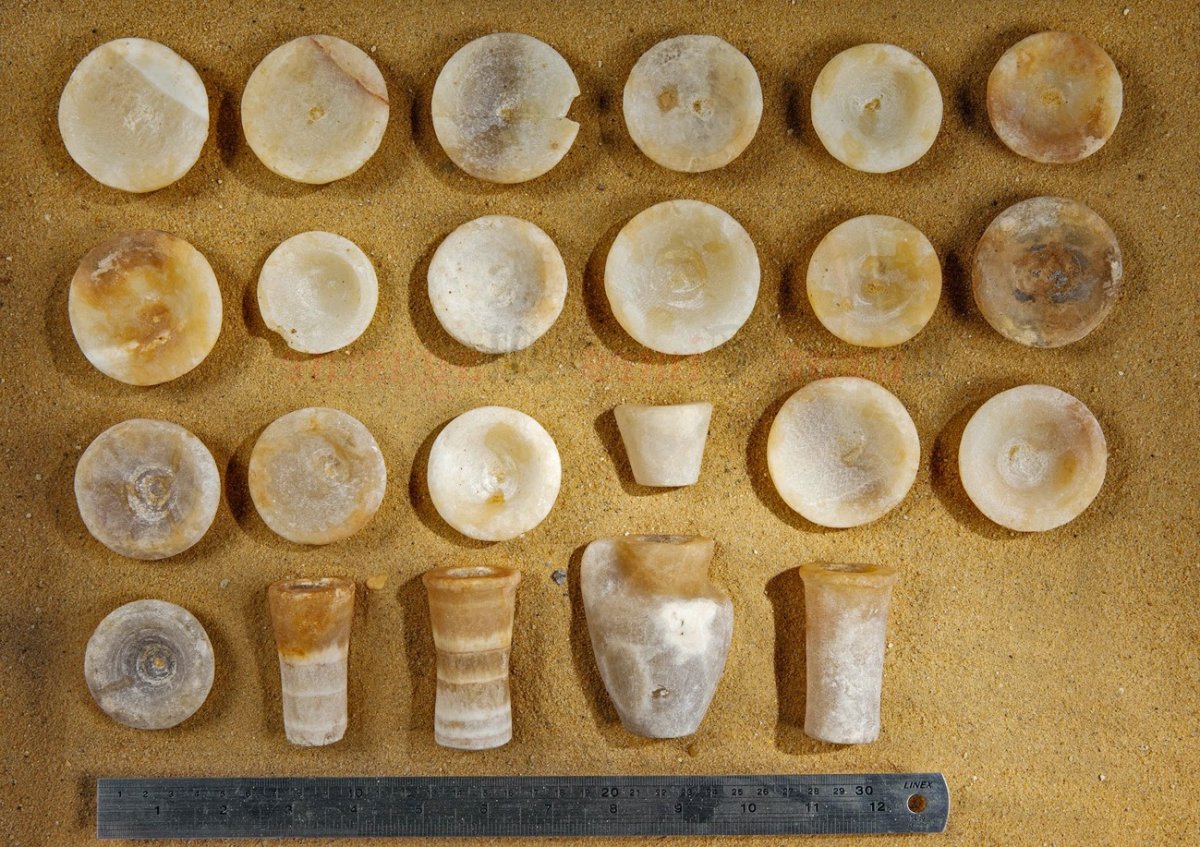
“By studying the past you can learn much more about the present. People always think ‘This time it’s different’ and that we’re different. We are not,” Barta told CNN. People should accept collapse as “part of the natural course of things” and one of the necessary steps toward ressurection.
“Then we shall be able to do something about it.”
Perhaps ominously, when the burial sight was discovered, the Queen’s skull had been crushed by tomb raiders.
Archaeologists believe that the title of the Mother of the King discovered in the tomb is of an historical importance.
The side rooms of the discovered tomb have inscriptions mention titles of the tomb owner includes “Wife of the King” and “Mother of the King”.
“This discovery reveals an unknown part of the 5th Dynasty history which opens the door for more future studies on the family tree of this previously unknown Queen,” Dr. Miroslav Barta said.
“The unearthed tomb is a part of a small cemetery to the south east of the pyramid complex of King Neferefre (Raneferef) which led the team to think that Queen Khentkaus could be the wife of Neferefre hence she was buried close to his funerary complex.”
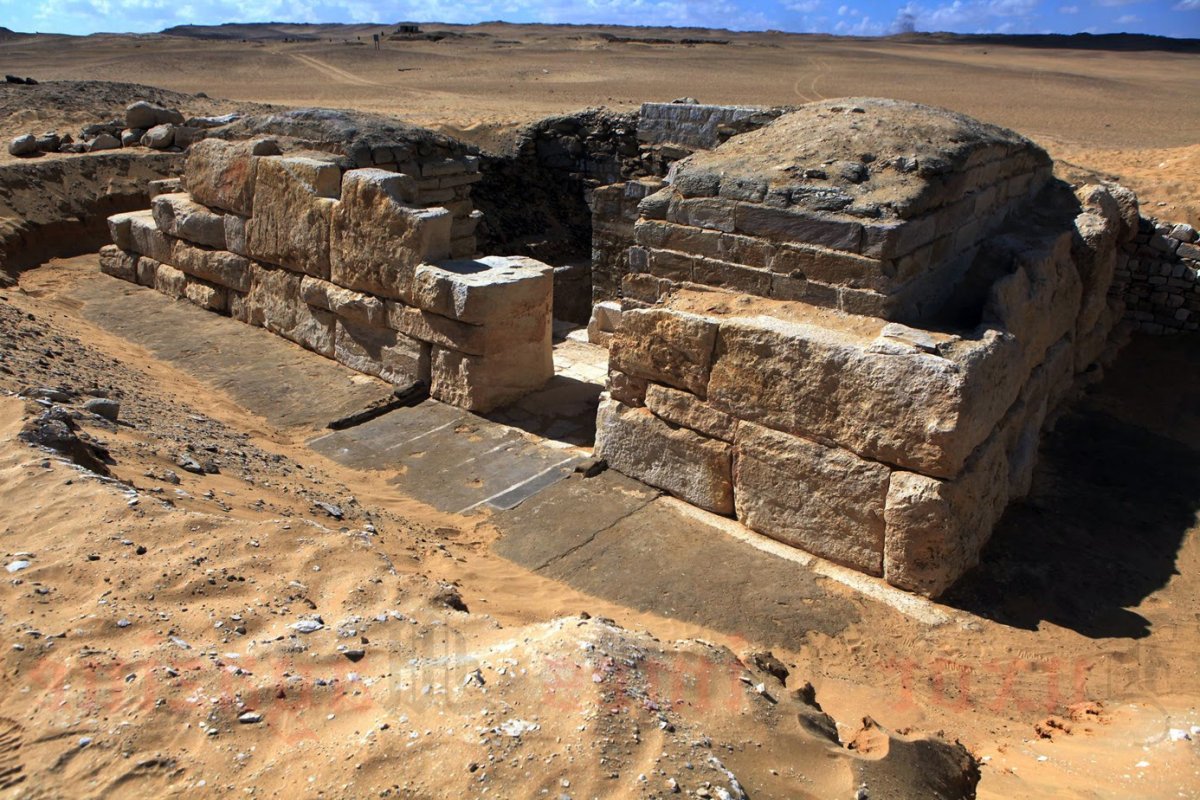
“If we can assume that the Queen was buried during the time of King Nyuserre (2445 B.C-2421 B.C) based on a seal bears his name was found on the tomb so we could say that Khentkaus III is the mother of King Menkauhore who was the successor of Nyuserre. This could also reveals more information on this King especially that we have a very few information on him.”
‘The tomb is very similar to the rest of the burial in the cemetery which was unearthed by the Czech mission in the 90s.
Abusir (Abu Sir), is an Old Kingdom necropolis southwest of Cairo where there are several pyramids dedicated to pharaohs of the Fifth Dynasty, including Neferefre.
The tomb is dated from the middle of the Fifth Dynasty (2994-2345 BC).
MessageToEagle.com
source: Miroslav Barta

